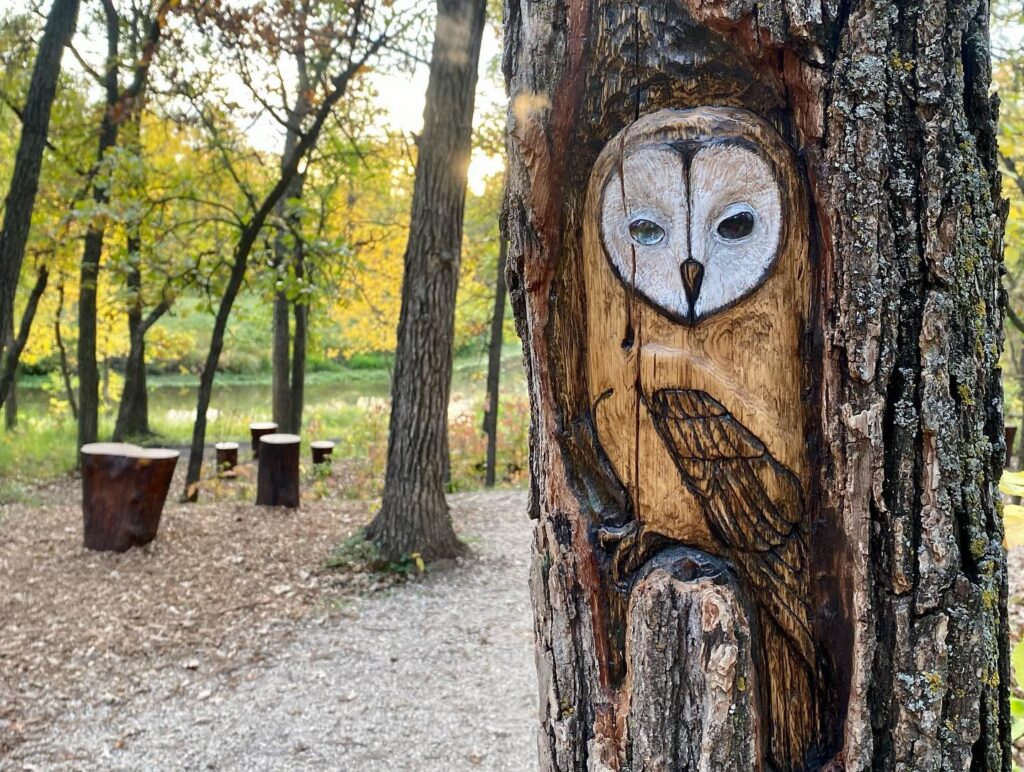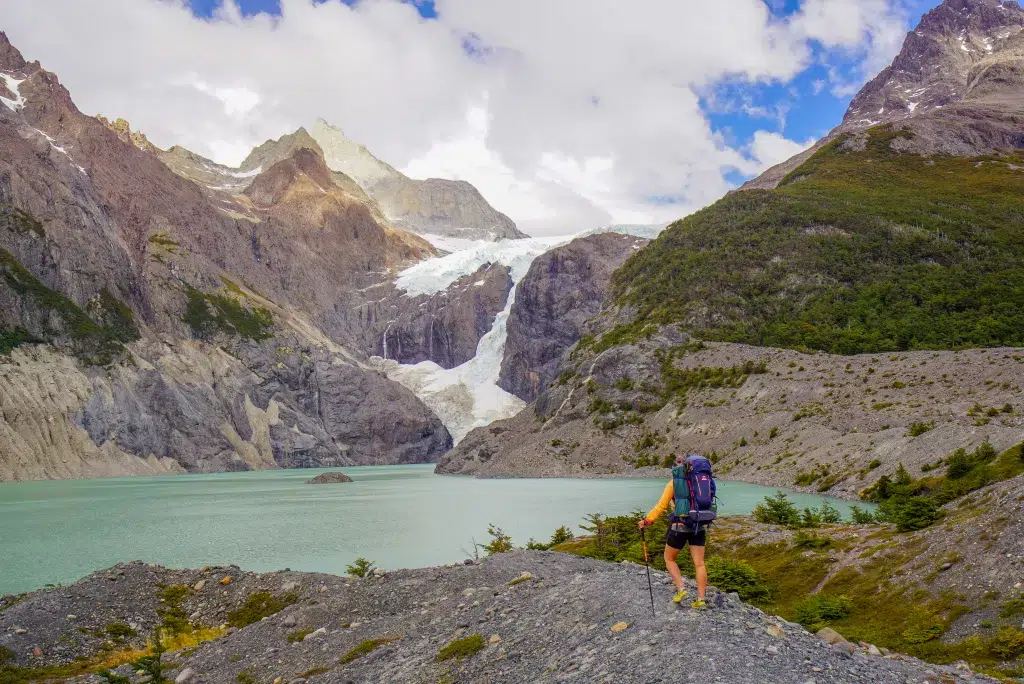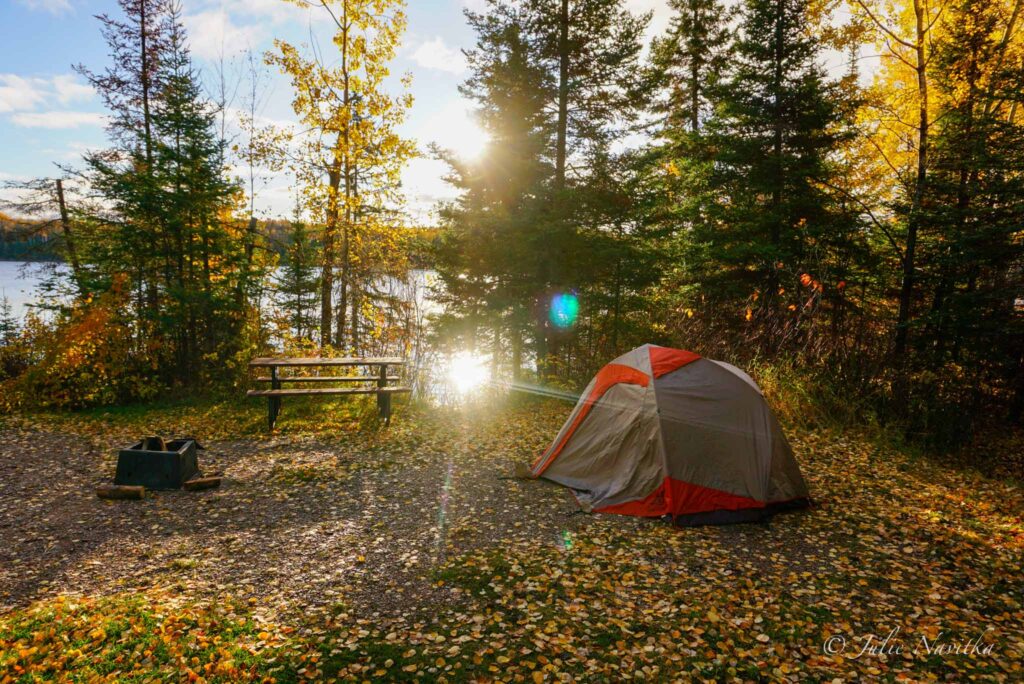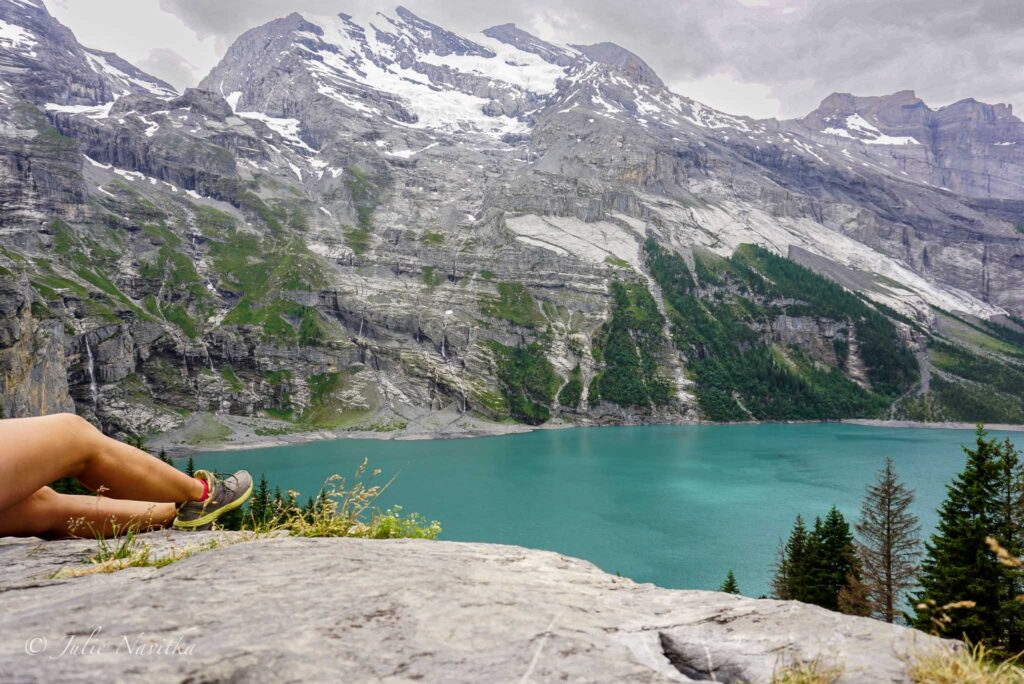Sustainable Park Ideas
Estimated reading time: 13 minutes
Do you visit the local parks and green spaces in your neighbourhood often? Would you agree that natural areas in our communities and cities are essential for sustainable development and recreation?
I firmly believe this is true, and it is of utmost importance that we create sustainable parks that help protect the environment and provide natural areas for ourselves and future generations. Unfortunately, not all green spaces are eco-friendly parks, so I thought it would be beneficial to share some sustainable park ideas.
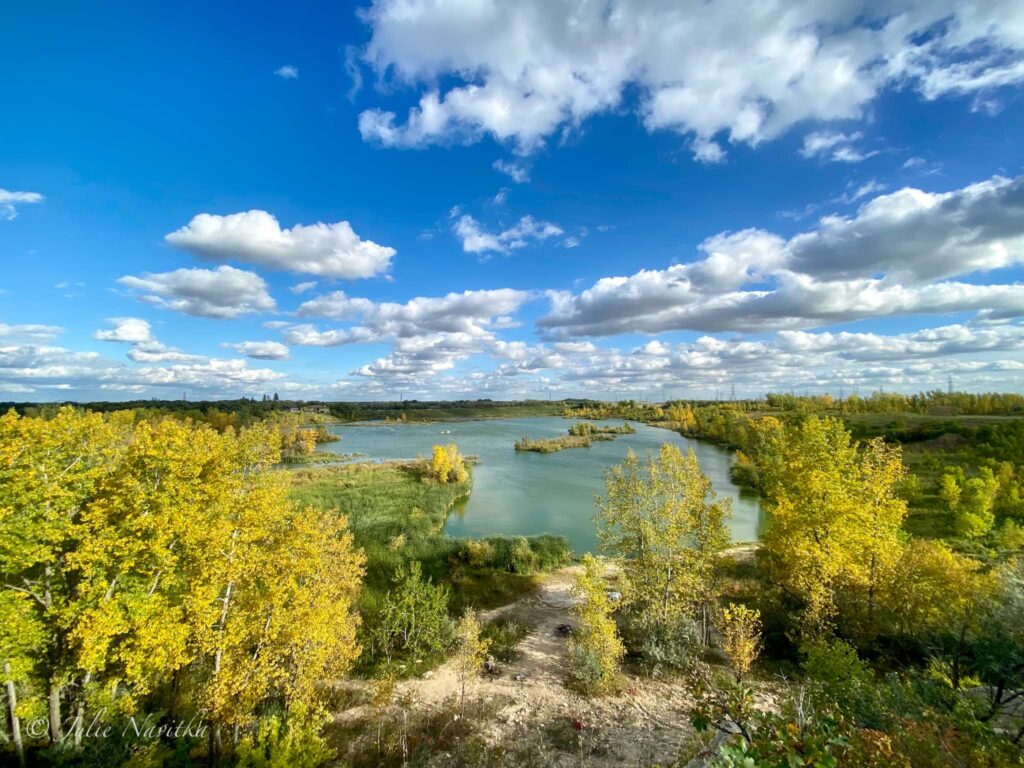
Some might say that I am an expert on the topic of parks! Not only do I make it a priority when traveling to check out as many local parks and natural areas as possible, but I have visited every single park and green space in my home city of Winnipeg, Manitoba.
It took me just under a year to see all 1335 parks on foot or bike! If intrigued, you can check out the local media coverage of my adventure by CBC News, Global News and The Winnipeg Free Press.
To say that I am invested in making parks more sustainable is probably an understatement!
Jump Ahead:
Design and Buildings – Sustainable Landscape, Construction, & Features
Keep Things Natural – Landscaping with Native Plants, Limiting Concrete & Turf
Conserving and Protecting Water – Reducing Water Use & Use of Chemicals
Community Involvement – Events, Programs, & Local Artisans
Why It Works – Economic, Environmental, & Community Benefits
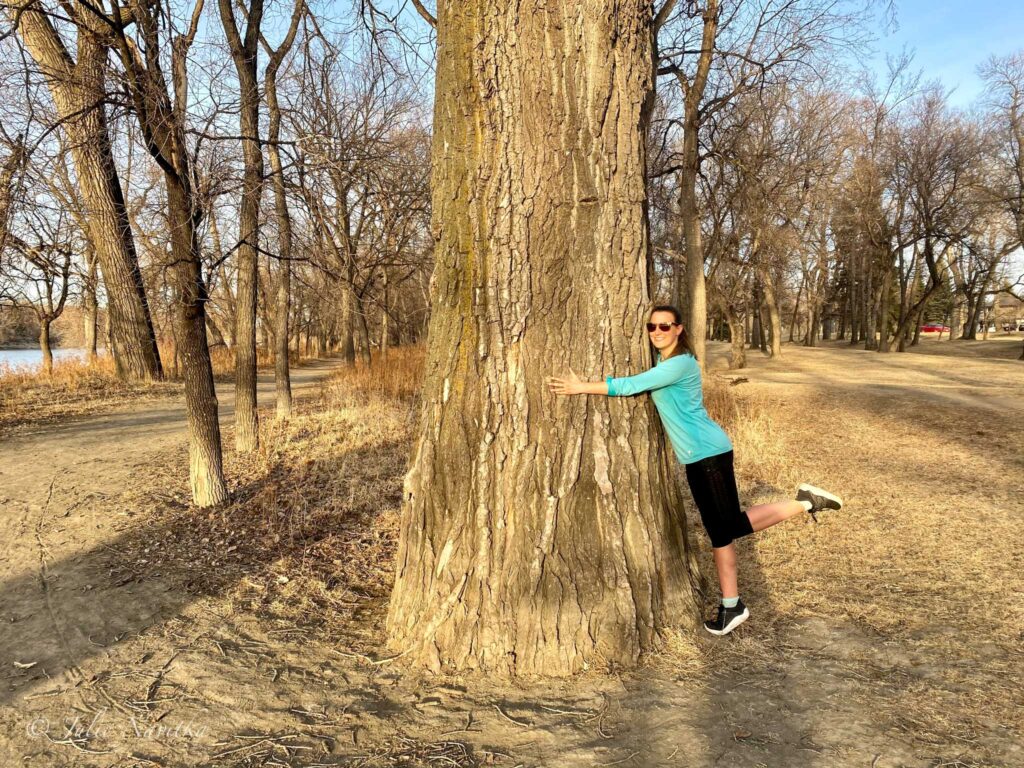
Design and Build Sustainably
Sustainable park design and building must be at the forefront when creating new, low-impact parks. This is not to say sustainable features cannot and should not be added to existing local parks. However, as Ryan Palmquist, Managing Director of the environmental non-profit Save Our Seine puts it: “Design philosophies that seek to replicate natural patterns, visual characteristics, and cycles are ideal where possible.”
After deciding where and how large to build a sustainable park (which is a whole other topic), it is time to consider the design and construction.
Design Elements of a Sustainable Landscape
In order to ensure sustainability, every park should be designed with easy access. Ideally, the park is situated where it can be reached by public transportation, or by other environmentally friendly means, such as walking, hiking or by bike. Getting to your neighbourhood park while listening to your favourite sustainability podcast should be easy!
Offering dirt, mulch, gravel, and paved trails in the green space increases accessibility and encourages community members to leave their cars at home. Since three different rivers cross my hometown, some of our parks can even be accessed by canoe or kayak, which is fantastic!
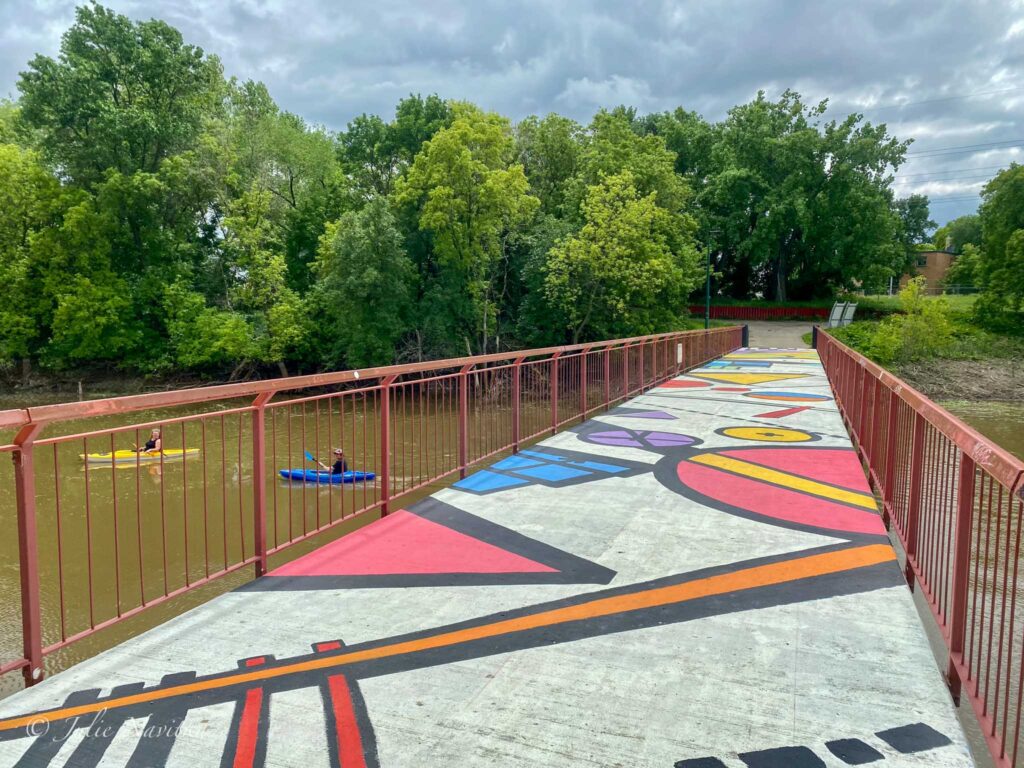
Urban sustainability parks will likely have a variety of purposes and require many different features, such as athletic fields, green spaces, playgrounds, grassy areas, buildings, and so forth. Where these are placed should be carefully considered to reduce harm to the surrounding environment and create a more sustainable landscape.
For example, a playground where children run around shouldn’t be placed near water, such as wetlands or rivers, for safety and to avoid damage to ecosystems. The placement of buildings, parking lots, and other necessary structures should be chosen to cause the least disruption to the natural areas or historical pieces that already exist in the space.
Diversity of use should also be taken into account when designing a building or green recreation area. One multi-use facility or area could take the place of numerous buildings scattered around the park.
Sustainable Construction
Once the decision has been made about where to put things, construction materials for building said things should be considered.
Recycled materials such as those made from old tires, post-consumer recycled plastics, and salvaged wood and metal can be used where applicable. FSC-certified wood can also be used.
Whether for extensive facilities or park benches, sustainable options are now available and in the works. You can read more about some of these, including bendable concrete and mycelium-based materials, in this article.
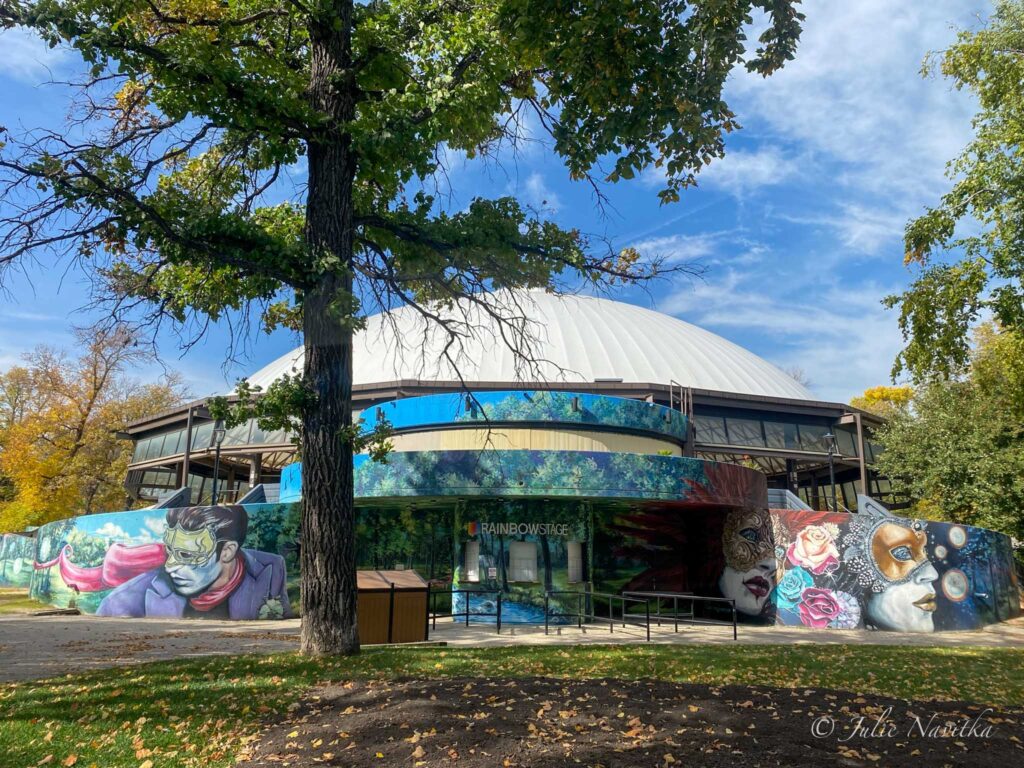
Another aspect to consider during construction is energy sources. Sustainable energy sources, such as solar, should power the facilities and grounds in a renewable energy park. Rooftops could easily be used to garner energy from the sun by installing solar panels without adding additional infrastructure to the natural areas of the park grounds.
Sustainable Features
Let’s not forget about the “small” sustainable park management practices in parks that enable visitors to help maintain the space. On top of the typical trash and recycling bins that are usually found in parks, there is no reason that compost receptacles shouldn’t also be available.
A composting system will reduce food waste and offer a sustainable solution for the disposal of the park’s “brown compost,” such as grass clippings, leaves, twigs, and dead plants.
Other options might be offering pay-as-you-go bicycle rentals and charging stations for electric vehicles. Water bottle refilling stations encourage visitors to bring reusable bottles. Donation bins where visitors can drop household items and clothing can help build community.
Keep Things Natural in a Sustainable Community Park
It might seem like a no-brainer, but preserving the natural features of a park takes more forethought than you think!
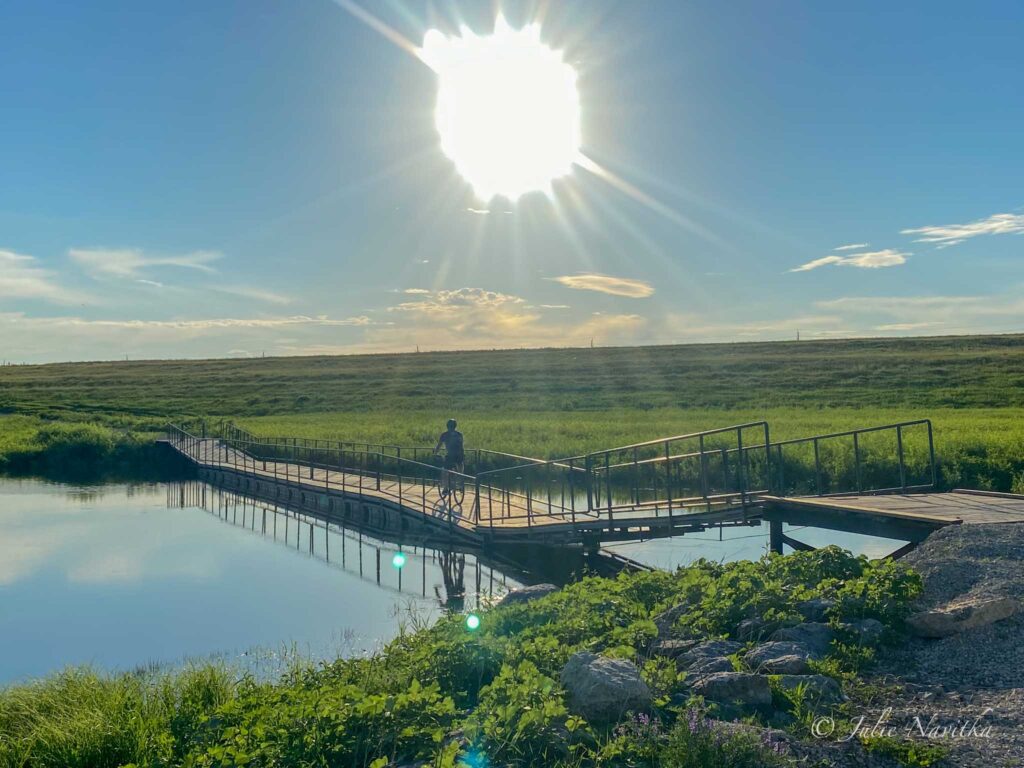
Sustainable Landscaping in Parks
When landscape architects design a park’s natural elements and features, the top priority should be working with the existing natural landscapes. Disrupting the soil too much can disturb the natural nutrients and minerals that exist within that nourish the existing trees and other flora.
Drastically changing the landscape’s topography can alter the natural flow of water runoff and lead to increased soil erosion. The idea should be to enhance the area rather than entirely reconfigure it.
Sign up for our newsletter here and we’ll send you a free copy of our “Ultimate guide: Understanding Sustainability!”
Limit the Number of Paved Surfaces
Sustainable parks minimize non-porous surfaces, such as concrete used for parking lots and roads, which don’t allow rainwater to be absorbed and can break up natural areas. Examine how these features can be reduced or if alternatives like gravel are an option. Plus, the fewer parking lots available, the fewer cars in the park!
Use and Expand Native Plants
An eco-friendly park will maintain the native plants that already exist in the area. If adding plants for aesthetic or other landscaping purposes, more native plantings, wildflowers, and flowers that are acclimatized to the region should be chosen.
This will reduce the need for watering and increase the survivability of the new flora. Avoiding the introduction of invasive species is paramount when planning these park features, as they can cause many disturbances to the ecosystems within the area.
Another concern when it comes to vegetation in a park is avoiding the introduction of invasive species. Upon becoming involved with Save Our Seine, Palmquist says that “the biggest shock to me was the realization of the quantity of invasive species in the Seine River Ecosystem.” The issue? “Non-native plants have pushed out all of the species from the most desirable spaces and keep them at bay – the task of pushing back against it and restoring the dominant position of native plants is herculean.”
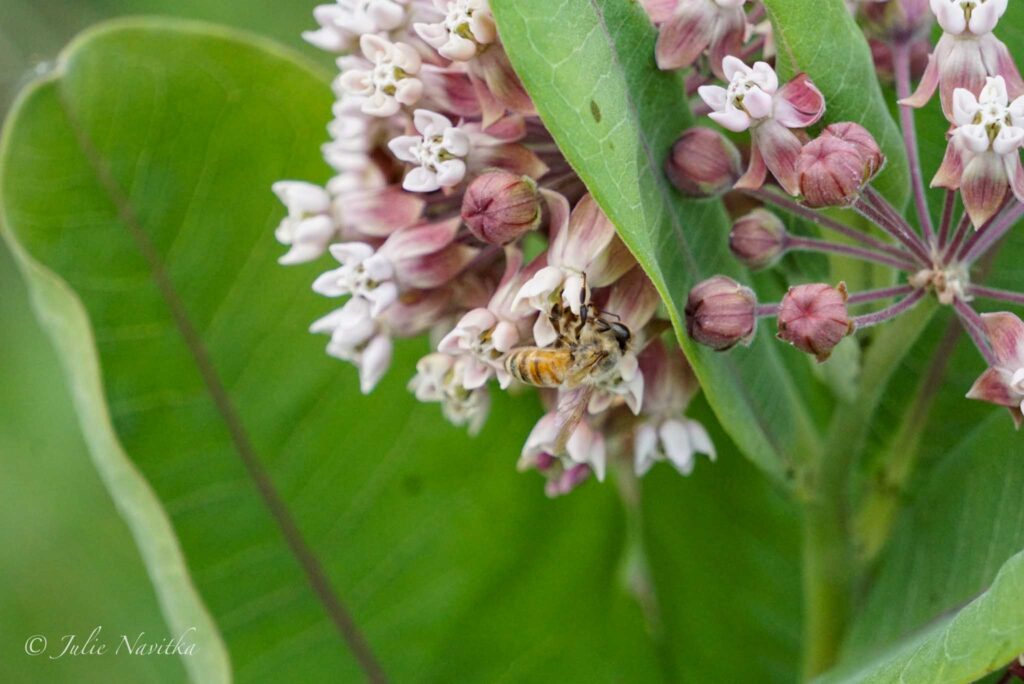
Keep the Use of Turf to a Minimum
Although a lush, green carpet of grass is visually appealing (so we’ve been conditioned to believe!), “traditional” turf grass is not a natural, native plant.
Turf grass requires a lot of maintenance, such as watering, cutting, and fertilizing, none of which is eco-friendly. Preserving the pre-existing surface vegetation makes for a more sustainable community park.
Adding turf should only be done where absolutely necessary, such as for an athletic field. If other areas must be cleared for accessibility or other reasons, alternatives to grass such as clover, pea gravel, or another native ground cover can be considered.
Conserving and Protecting Water Resources
Using less water is just one factor when it comes to water efficient parks.
Water Use at Sustainable Community Parks
By avoiding grass, water use at a park can be decreased drastically. But there are more sustainable practices that can be implemented in an eco-friendly park!
Installing a system that collects rainwater from the roofs of shelters and buildings can reduce the use of water needed when plants need hydration. Harvesting rainwater can also help alleviate any damages caused by excessive stormwater, such as flooding and increased soil erosion. This water could also be used if the park has features like fountains or a wishing well.
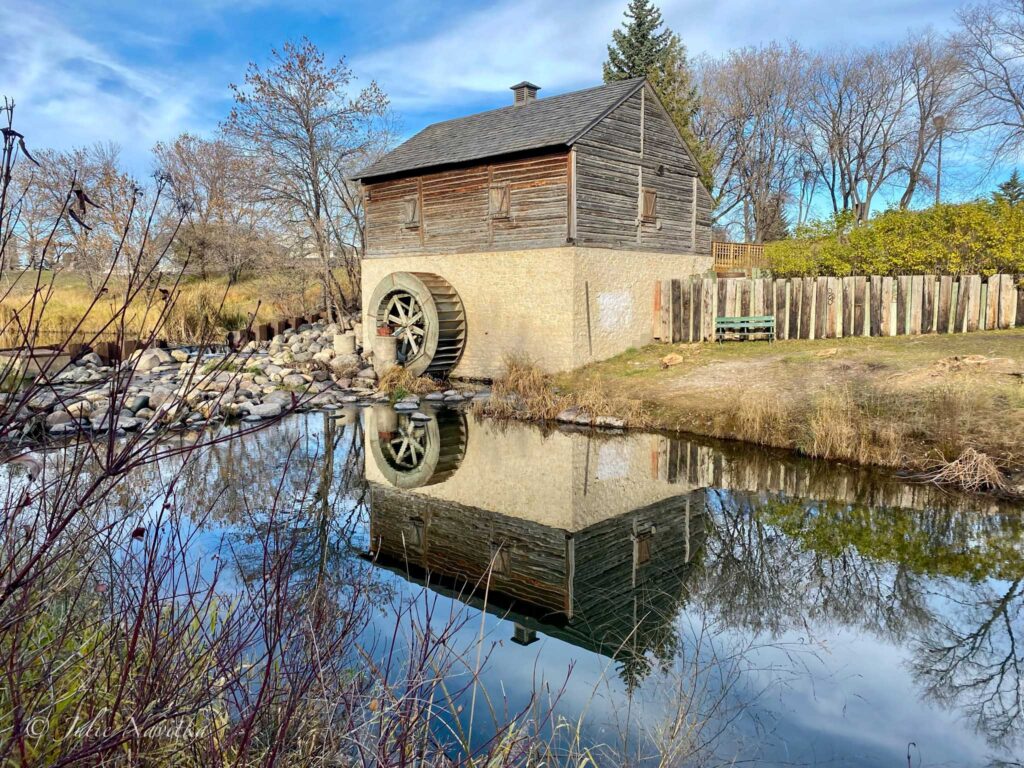
Reduce the Use of Chemicals
As mentioned, water conservation practices include more than simply reducing the volume of water used. Our waterways also require protection from the introduction of chemicals and other unnatural substances that can harm biodiversity. Wildlife-friendly parks should be focused on biodiversity conservation, with the least disruption to the ecosystem as possible.
Using chemical fertilizers in parks can be mitigated by using mulch and compost instead. Thanks to that handy compost system integrated into the design, this practice should be pretty easy to incorporate!
Pesticides should also be avoided in sustainable parks. Biological solutions could be explored, such as introducing sterile males to an insect population. In my hometown, we once had a dragonfly program that helped alleviate the mosquito problem, saving certain areas from being sprayed with larvicide.
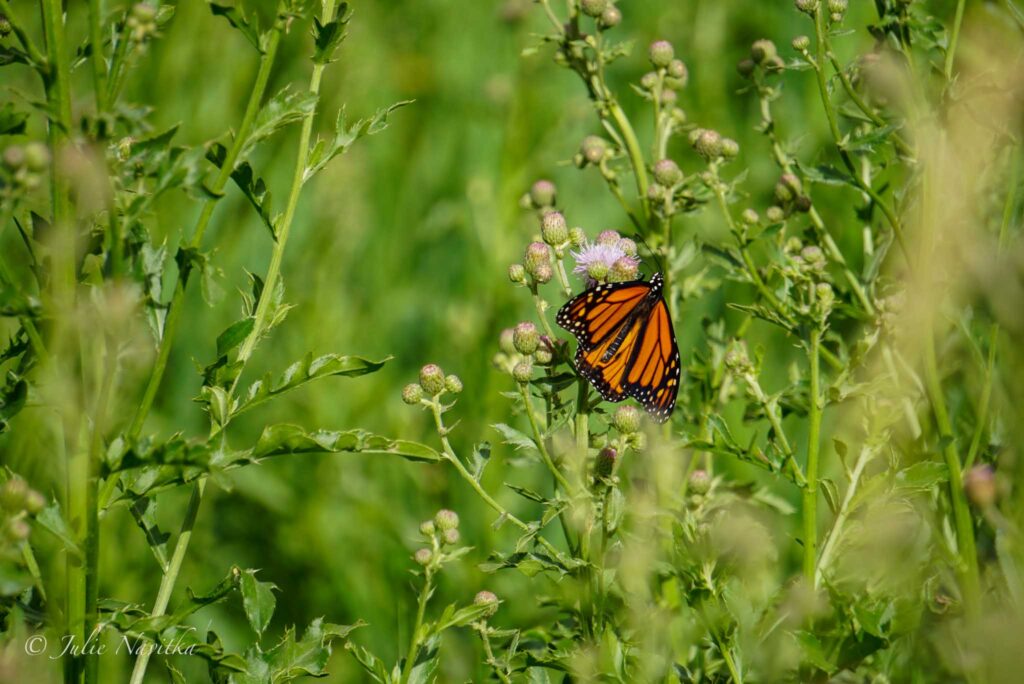
Involve the Community
Community-supported parks are often the most successful ones!
Community Events
Hosting community events such as races and performances can bring revenue to pay for park maintenance and will attract more visitors who will connect with the space. When we appreciate and associate with a park, we care about it. If local people cherish the area, they are more likely to look after it or even become involved somehow.
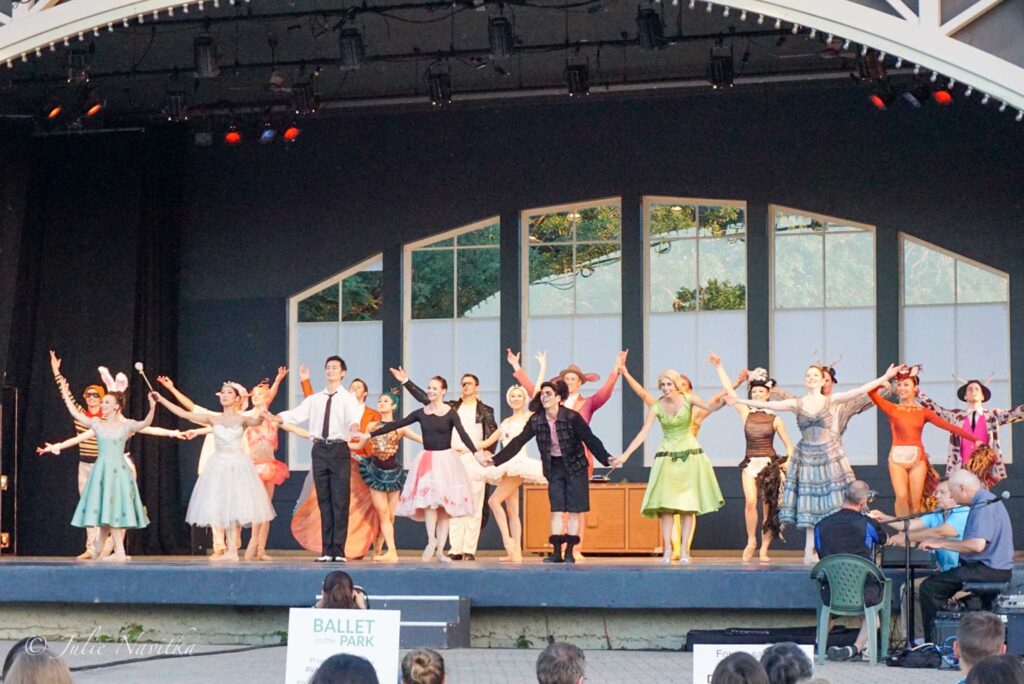
Holding farmer’s markets and charitable events allows people many opportunities to shop local and support worthy causes in the community. Creating a garden area where locals without the space at home can grow vegetables is another way to involve the community. All of these tie into a sustainable lifestyle and support a sustainable park.
Educational Materials and Programs
Children are the future, right? It’s imperative that we foster a love of the outdoors, nature, and the environment in our kids if we hope for them to live an environmentally friendly lifestyle. Offering educational programs that teach our youth about sustainability, biodiversity, ecosystems, water conservation, and more makes for an eco-friendly park.
Local Artisans
Invite local artisans to create elements in the park, such as murals or sculptures, mosaic tile features, or educational panels. Not only will this add interest and character, but it can be used to teach about the area’s culture, heritage, and history. There’s no reason the park can’t also display aspects of social sustainability.
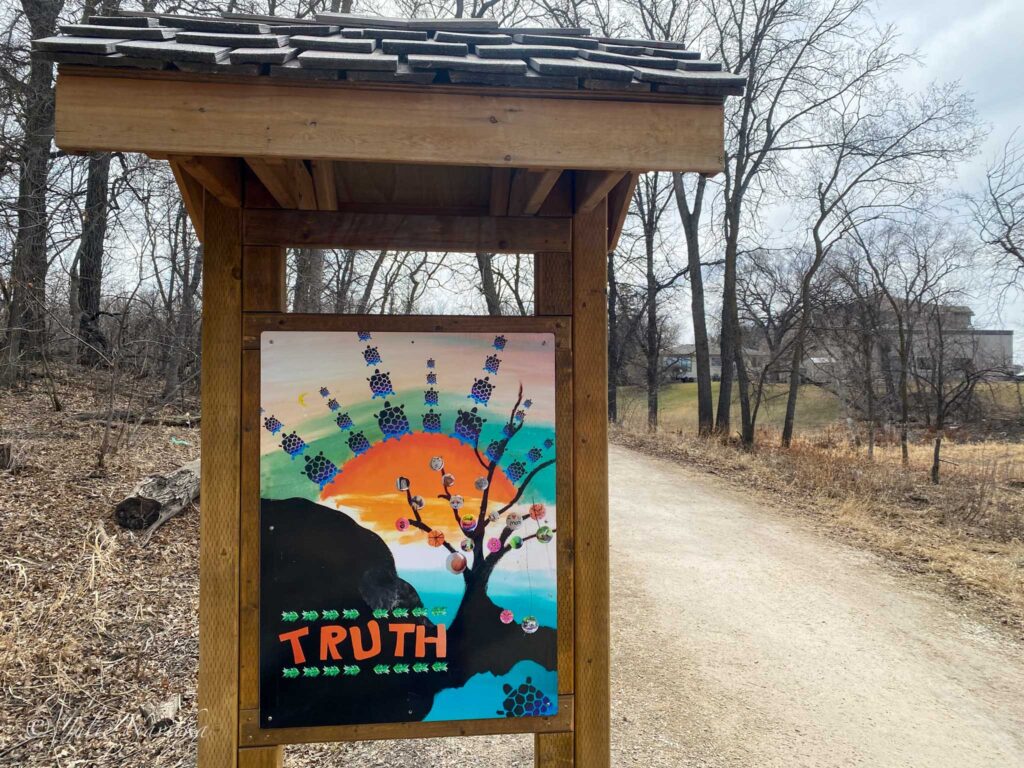
Why It Works
If you need more convincing about why we should start prioritizing creating parks in a sustainable manner, here are some of the positive outcomes of sustainable parks.
Economic Benefits
Creating a sustainable park may seem more costly at first, given that solar panels and some long-lasting, sustainable materials are more expensive than less eco-friendly alternatives.
However, over time, the investment will pay itself off in the savings seen in energy bills and repairs. By designing fewer multi-use facilities, you may even require fewer construction materials.
Maintaining sustainable landscapes is actually far less labor-intensive due to less watering, grass cutting, concrete repair, and grooming of flora required. Creating a rainwater collection system used to water gardens and the small areas of turf will also save money on the water utility bill.
That compost system you created eliminates the need to purchase fertilizers, and the biological solutions for pest control means no pricey pesticides necessary.
Environmental Benefits
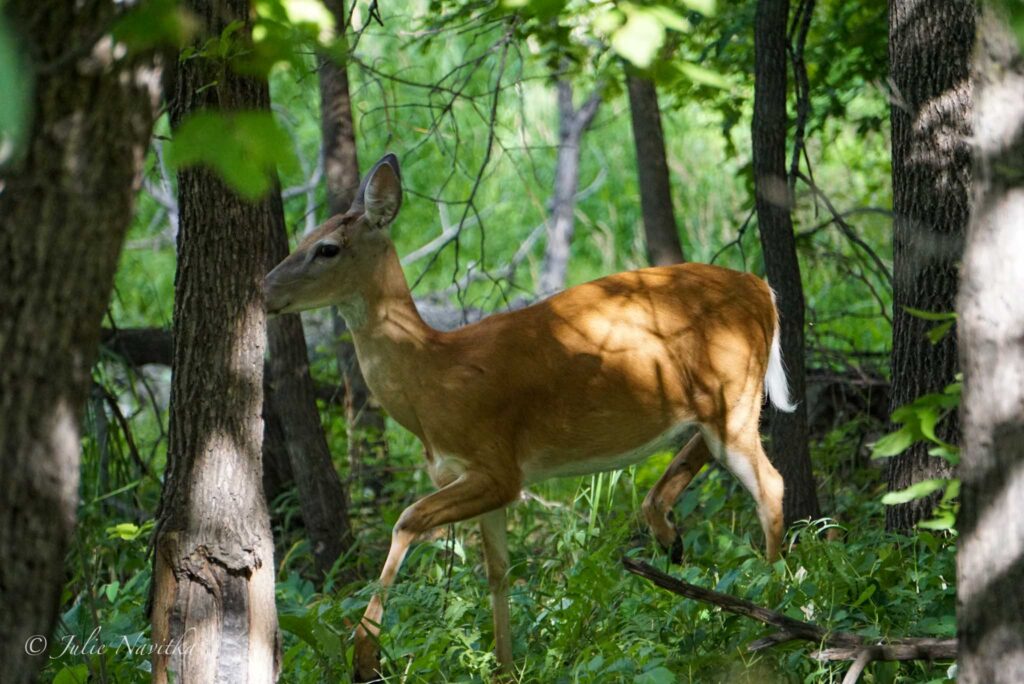
There are many benefits to the environment when we make a park more sustainable. Preserving as much as we can of the natural landscapes and protecting the water in the area allows habitat for wildlife to be protected. Animals and native greenery that may have otherwise been pushed off the land can now thrive in a healthy ecosystem.
When sustainable materials are used in construction, indirect environmental benefits include reduced emissions from manufacturing and avoidance of over-consuming natural resources.
Employing alternative energy sources leads to fewer emissions, which helps in the battle against climate change. Restricting the use of chemicals helps protect our waterways. The benefits are endless!
Beneficial To The Community
It’s probably obvious that most parks have community benefits, such as providing space for recreation and relaxation while connecting with nature. There are added benefits in a sustainable park, such as volunteer opportunities and job creation for educational programs.
In an eco-friendly park, visitors can acquire a reprieve from the constant onslaught of toxins and noise pollution found in most cities. If designed with accessibility in mind and encouraging eco-friendly transportation, visitors might benefit from increased physical activity while at the park.
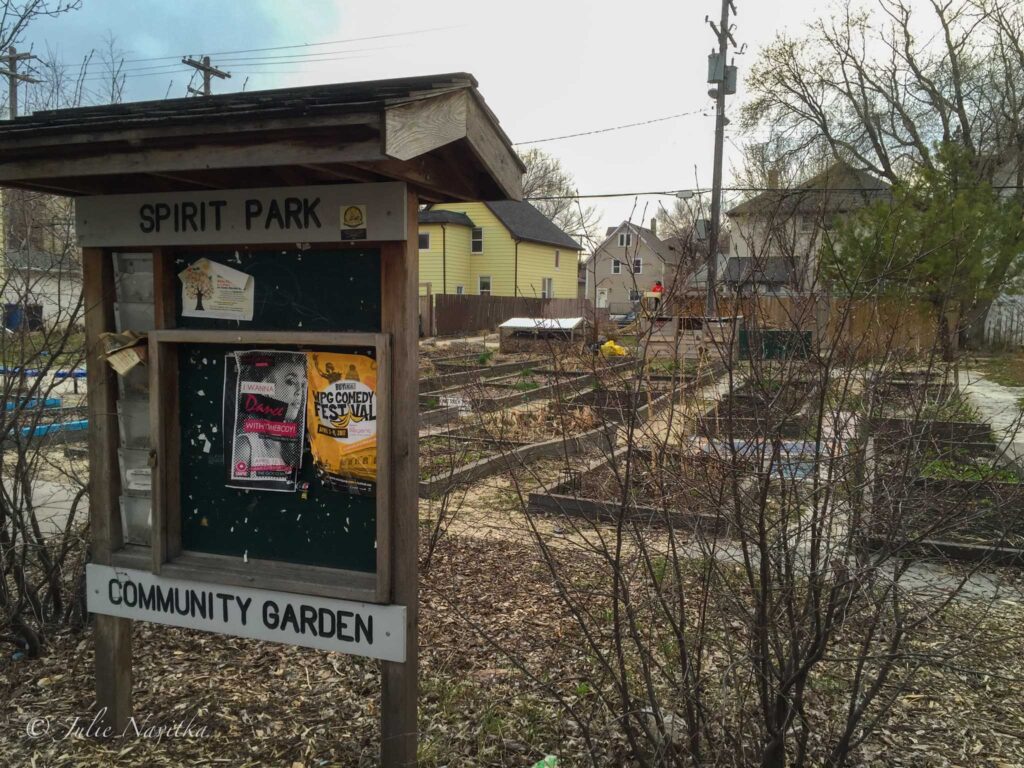
Final Thoughts
In a world where almost 60% of us live in cities, parks serve not only as a space to recreate, but as an escape to connect with nature. They also provide flora and fauna an area to flourish in a protected local ecosystem. It just makes sense that these areas should be created with sustainability in mind, doesn’t it?
Now it’s time to go outside and visit your favorite park!

